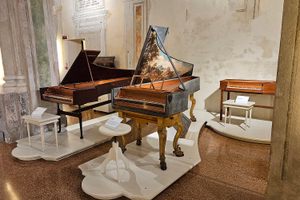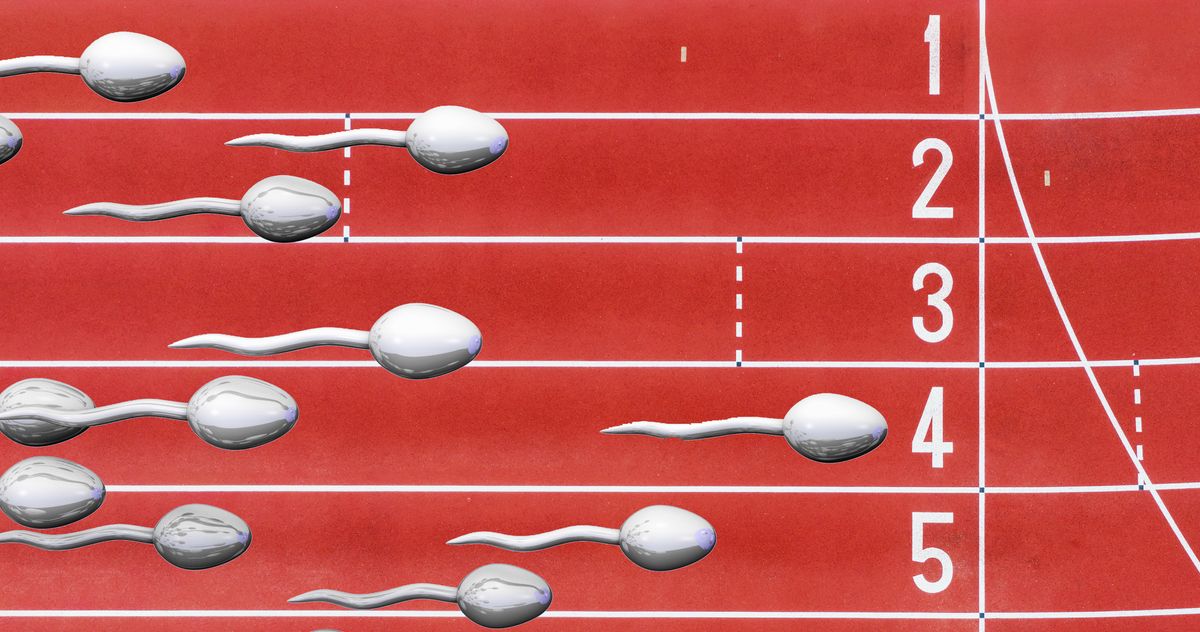Museo San Colombano – Collezione Tagliavini in Bologna, Italy
The Museo San Colombano – Collezione Tagliavini in central Bologna features the unusual sight of a Renaissance-era church decorated with frescoes and filled with harpischords, pianos, and other keyboard instruments. The story of how this museum came to be housed within a deconsecrated church is complicated. Originally, the site held a church built in the seventh century, though little of the original structure remains. In 1591, an oratory was built on top of it, and later its interior was decorated with frescoes. The church closed in 1798 under Napoleonic rule, but it reopened in the 1800s, and was deconsecrated in 1959. The instrument collection, unrelated to the church’s history, was created by organist and musicologist Luigi Ferdinando Tagliavini. It began in 1969, when Tagliavini purchased a 16th-century spinet and a 17th-century harpsichord. Over time, he amassed more than 90 functional instruments, most of which were keyboards. In the early 2000s, Fondazione Cassa di Risparmio in Bologna undertook a project to renovate four historic buildings, including the Oratory of San Colombano, and convert them into museums. During renovations, a 13th-century fresco of the crucifixion was discovered in a crypt. When the San Colombano Complex opened as a museum in 2010, it featured Tagliavini’s donated instrument collection. The museum remains hidden on a side street within Bologna’s city center. Its unassuming exterior and secluded location mean few visitors know about it, but those who pay the admission fee are rewarded with a uniquely spectacular museum.


The Museo San Colombano – Collezione Tagliavini in central Bologna features the unusual sight of a Renaissance-era church decorated with frescoes and filled with harpischords, pianos, and other keyboard instruments. The story of how this museum came to be housed within a deconsecrated church is complicated.
Originally, the site held a church built in the seventh century, though little of the original structure remains. In 1591, an oratory was built on top of it, and later its interior was decorated with frescoes. The church closed in 1798 under Napoleonic rule, but it reopened in the 1800s, and was deconsecrated in 1959.
The instrument collection, unrelated to the church’s history, was created by organist and musicologist Luigi Ferdinando Tagliavini. It began in 1969, when Tagliavini purchased a 16th-century spinet and a 17th-century harpsichord. Over time, he amassed more than 90 functional instruments, most of which were keyboards.
In the early 2000s, Fondazione Cassa di Risparmio in Bologna undertook a project to renovate four historic buildings, including the Oratory of San Colombano, and convert them into museums. During renovations, a 13th-century fresco of the crucifixion was discovered in a crypt. When the San Colombano Complex opened as a museum in 2010, it featured Tagliavini’s donated instrument collection.
The museum remains hidden on a side street within Bologna’s city center. Its unassuming exterior and secluded location mean few visitors know about it, but those who pay the admission fee are rewarded with a uniquely spectacular museum.


































































-Baldur’s-Gate-3-The-Final-Patch---An-Animated-Short-00-03-43.png?width=1920&height=1920&fit=bounds&quality=70&format=jpg&auto=webp#)
































































































































































































